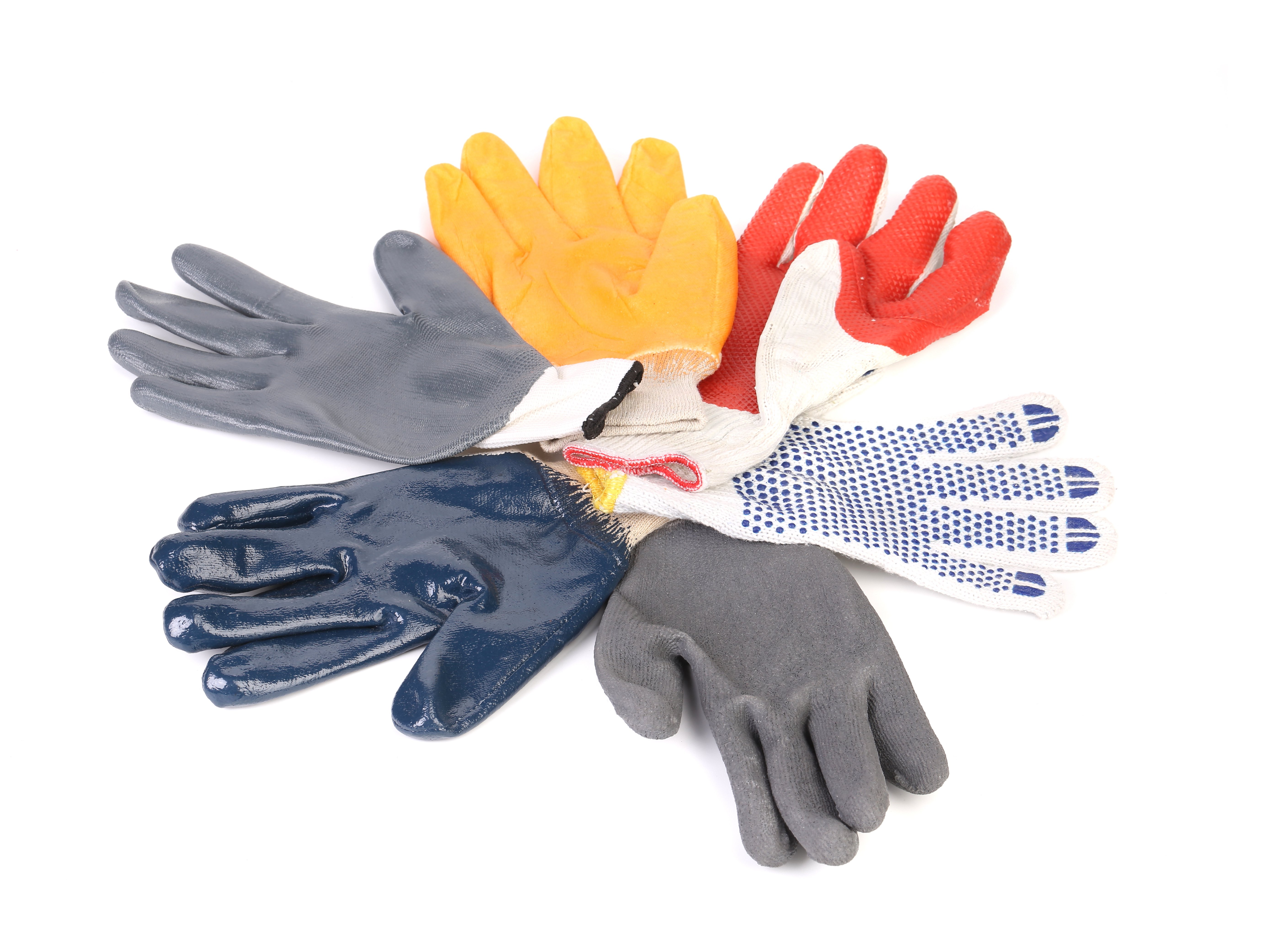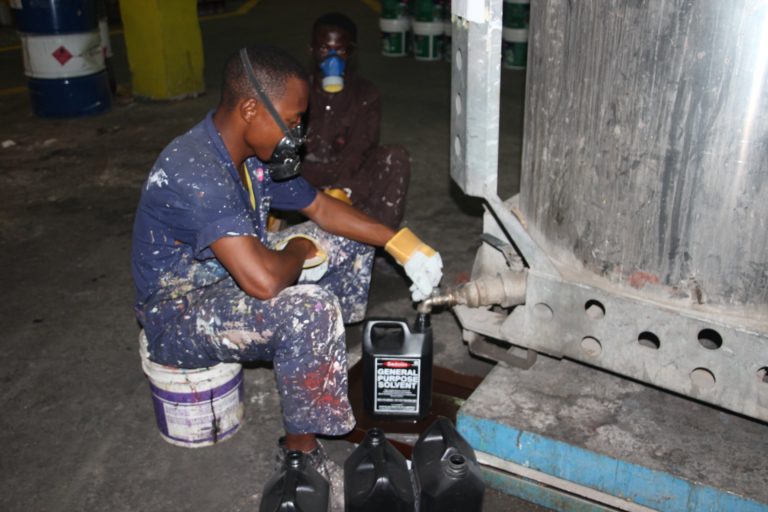Home / Business & Management / HR / Occupational Health in Developing Countries / Preventive measures of skin diseases at work
This article is from the free online
Occupational Health in Developing Countries


Reach your personal and professional goals
Unlock access to hundreds of expert online courses and degrees from top universities and educators to gain accredited qualifications and professional CV-building certificates.
Join over 18 million learners to launch, switch or build upon your career, all at your own pace, across a wide range of topic areas.


 © Colourbox
© Colourbox
 These gloves might be suitable for the task, but it is impossible to decide from a photo because glove colours and appearances vary from one glove manufacturer to another. Always read the glove manufacturer’s declaration to decide which gloves are suitable.
These gloves might be suitable for the task, but it is impossible to decide from a photo because glove colours and appearances vary from one glove manufacturer to another. Always read the glove manufacturer’s declaration to decide which gloves are suitable.





